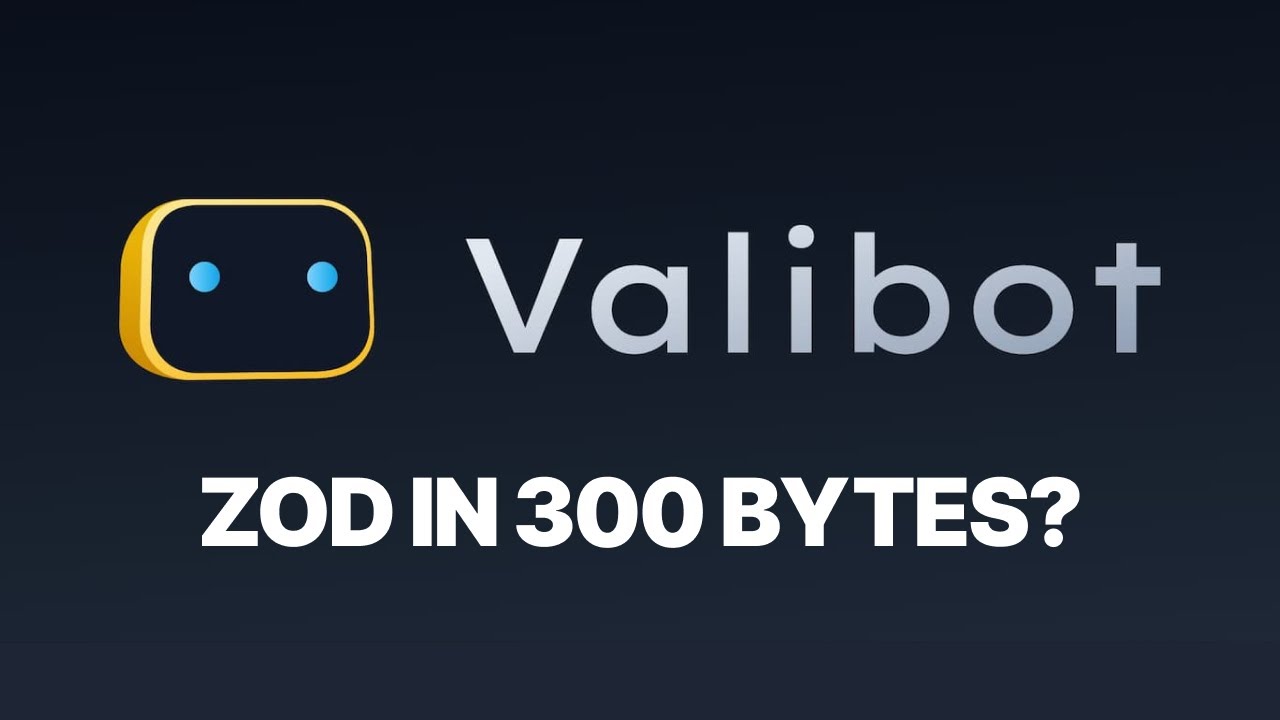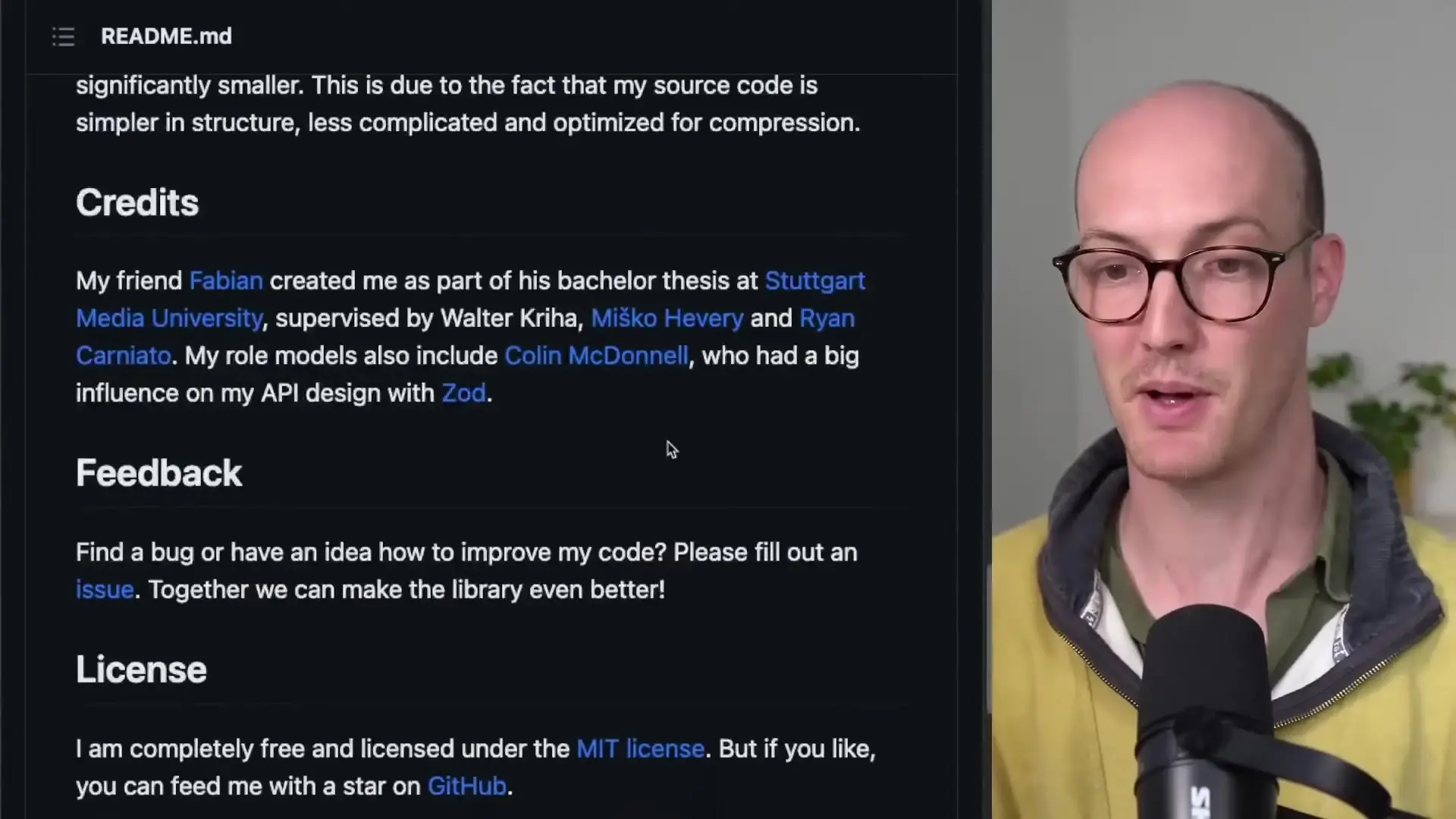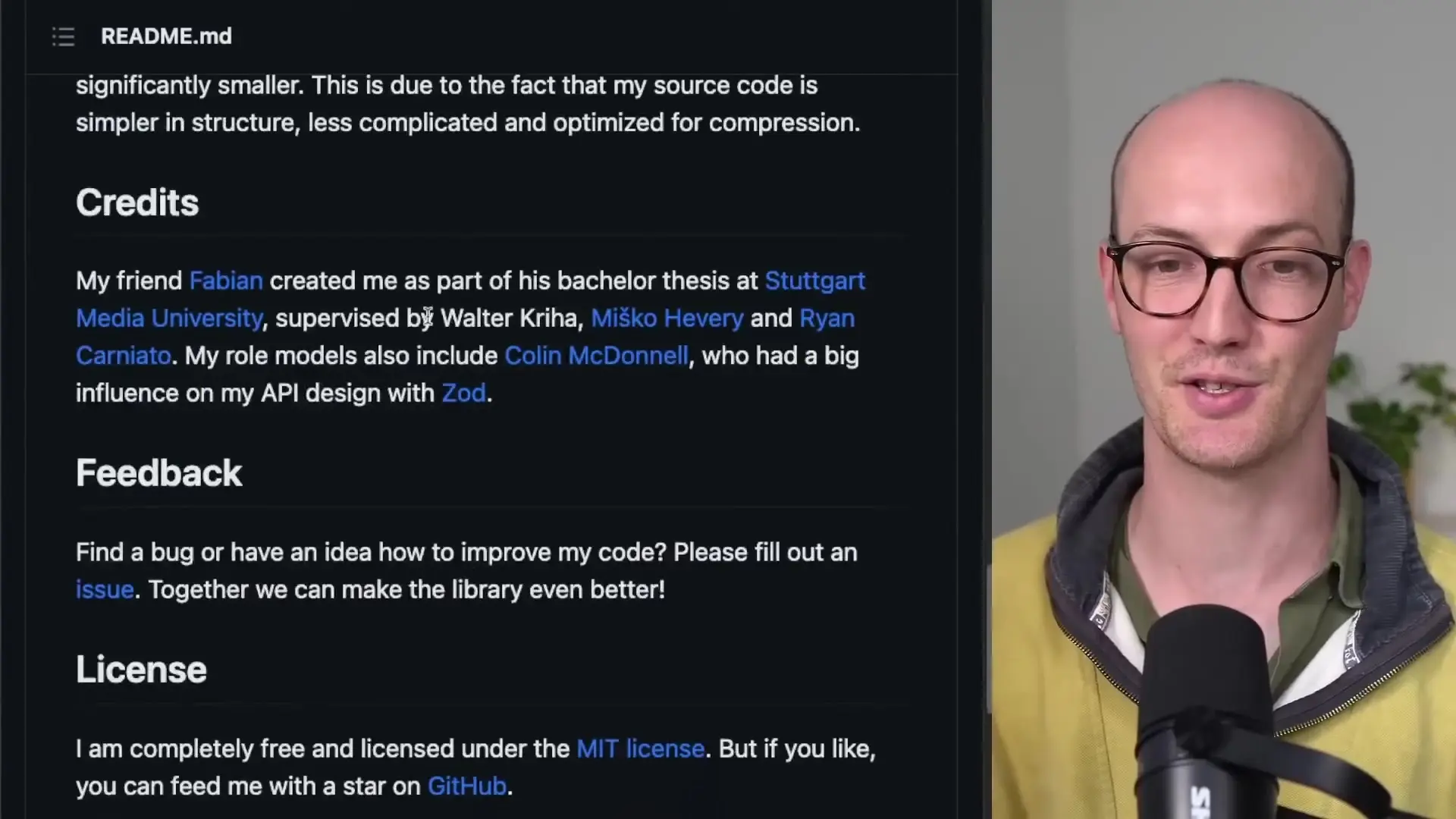
Schema validation is a critical component of modern web development, ensuring data integrity across applications. Recently, a new contender has entered the arena - Valibot. This lightweight schema validation library aims to challenge the popular Zod library by offering similar functionality with a dramatically reduced bundle size.
What is Valibot?
Valibot is a new schema validation library designed as a direct competitor to Zod. It provides fully type-safe validation with static type inference in an impressively small package, starting at less than 300 bytes. Created by Fabian as part of his Bachelor thesis at Stuttgart Media University, the project was supervised by notable figures in the development community including Misko Hevery (creator of Angular) and Ryan Carniato (creator of Solid.js).

Key Features of Valibot
- Fully type-safe with static type inference
- Extremely small bundle size (starting at <300 bytes)
- API similar to Zod for easy migration
- Efficient tree shaking capabilities
- Comprehensive validation capabilities
How Valibot Works
Valibot provides an API that will feel immediately familiar to Zod users. You import validation primitives from the library and construct schemas that define your data structure and validation rules. The library then generates TypeScript types from these schemas and provides functions to validate data against them.
import { email, minLength, object, string, Output } from 'valibot';
const loginSchema = object({
email: string([email()]),
password: string([minLength(8)])
});
type Login = Output<typeof loginSchema>;
// Validate data
const result = parse(loginSchema, {
email: '[email protected]',
password: 'securepassword'
});Valibot vs Zod: Bundle Size Comparison
The primary advantage Valibot offers over Zod is its significantly smaller bundle size. When comparing the two libraries on Bundle Phobia, Valibot is approximately half the size of Zod when minified and gzipped. This efficiency stems from Valibot's architecture, which facilitates better tree shaking.
In Zod, most functionality is attached to a central object (Z), making it difficult for bundlers to eliminate unused code. Valibot takes a different approach by allowing developers to import only the specific validation functions they need. This architectural difference can reduce bundle size by up to 98% compared to Zod in certain use cases.
The Technical Differences
The key architectural difference between the two libraries lies in how they expose their APIs:
- Zod uses a chained API pattern (Z.string().email().min(5))
- Valibot uses individual imports (import { string, email, minLength } from 'valibot')
This difference in API design has significant implications for bundle size optimization through tree shaking. When using Valibot, unused validation functions are completely excluded from your final bundle, whereas Zod's architecture makes this more difficult to achieve.

Developer Experience Considerations
While Valibot offers impressive bundle size advantages, there are some potential trade-offs in developer experience. Zod's chained API provides excellent discoverability through IDE autocompletion, allowing developers to explore available validation methods as they type. With Valibot's import-based approach, developers need to know which validation functions to import beforehand, potentially creating more friction during development.
However, for teams focused on optimizing bundle size and performance, especially for client-side applications, this trade-off may be worthwhile. The schema validation automation capabilities remain robust in both libraries, but Valibot's approach may lead to more efficient production builds.

When to Choose Valibot for Schema Validation
Valibot may be particularly well-suited for:
- Performance-critical client-side applications where bundle size matters
- Projects where schema validation is needed but with minimal overhead
- Teams willing to trade some developer experience conveniences for runtime efficiency
- Applications requiring schema validation in resource-constrained environments
Implementation Examples
Let's look at how to implement a common validation scenario using Valibot for schema validation in a typical API request:
// Import only what you need
import { object, string, number, email, minLength, maxLength, parse } from 'valibot';
// Define your user schema
const userSchema = object({
username: string([minLength(3), maxLength(20)]),
email: string([email()]),
age: number()
});
// Use in an API endpoint
async function createUser(req, res) {
try {
// Validate incoming data against schema
const validatedData = parse(userSchema, req.body);
// Proceed with creating user using validated data
const user = await db.users.create(validatedData);
return res.status(201).json(user);
} catch (error) {
// Handle validation errors
return res.status(400).json({ error: error.message });
}
}Performance Considerations
While bundle size is Valibot's primary selling point, runtime performance is another important consideration. Performance benchmarks for schema validation libraries can be highly contextual, depending on factors like the complexity of schemas, the size and structure of data being validated, and the execution environment.
It's worth noting that performance characteristics may change as both libraries evolve. For mission-critical applications, it's always advisable to conduct your own benchmarks with realistic data and validation scenarios specific to your use case.
Conclusion
Valibot represents an exciting new option in the schema validation ecosystem. Its focus on minimizing bundle size while maintaining feature parity with established libraries like Zod makes it a compelling choice for performance-conscious developers. The library demonstrates how architectural decisions can significantly impact application performance without sacrificing functionality.
Competition in the schema validation space benefits the entire development community by driving innovation and optimization. Whether Valibot becomes your go-to validation library will depend on your specific priorities regarding bundle size, developer experience, and ecosystem maturity. For projects where every kilobyte counts, Valibot presents a promising alternative worth serious consideration.
Let's Watch!
Valibot vs Zod: The New Schema Validation Library Every Developer Should Know
Ready to enhance your neural network?
Access our quantum knowledge cores and upgrade your programming abilities.
Initialize Training Sequence